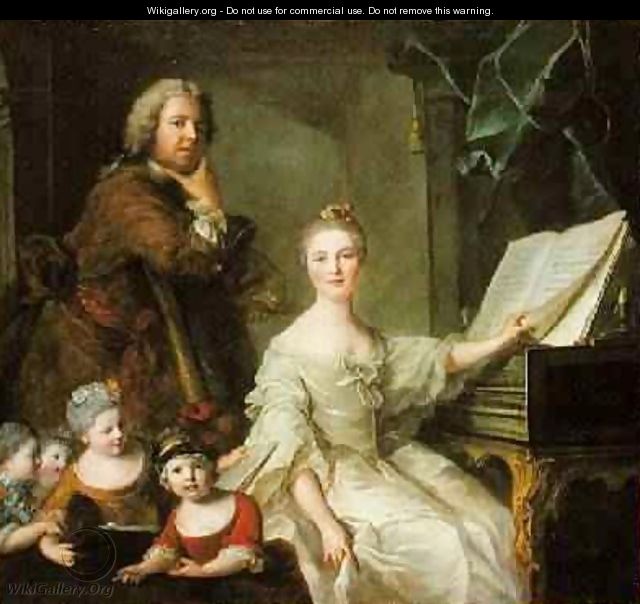Posts in Category: ISECS
Portraiture and Time in the Age of Enlightenment (ISECS 2011, Austria)
At the end of the month I’m going to Austria for the 13th International Congress of ISECS (International Society for Eighteenth-Century Studies), also known as SIEDS in France (Société internationale d’étude du XVIIIe siècle). The Society has a large conference every four years – like the Olympics for eighteenth-centuryists! – which brings together scholars from all sorts of fields (history, literature, philosophy, art history, language studies) working in all kinds of thematic and geographic areas, who share the one common trait of being eighteenth-century-centric.
This year the conference is being held in Graz (25-29 July 2011) and most of the sessions are related to two main themes: 1) Time in the Age of Enlightenment: Situating the Present, Imagining the Future; and 2) Central and Eastern Europe in the Age of Enlightenment. I’m going to be giving a paper in a session organised by Heather McPherson on Portraiture and Time. Here’s a short abstract to give a sense of what it’s about:
 |
| Jean-Marc Nattier, Self-Portrait with his Family, 1762 (Source: Wikigallery.org) |
Painting Against Time: Alternative Temporalities in the Portraits of Jean-Marc Nattier and Louis Tocqué
This paper explores the suspension of time in portraits by Jean-Marc Nattier and Louis Tocqué, two of the most celebrated portraitists of eighteenth-century France, who were also, at different times in their lives: master and student, colleagues at the Académie Royale, and father- and son-in-law. Through an analysis of the portraits that Nattier and Tocqué painted of themselves and each other across their lives, I explore how these artists played with time to negotiate their changing professional and personal relationships. Tocqué was only ten years younger than his master and father-in-law, but in the pictorial realm, time could be suspended to visualise a more appropriate age gap which had never existed in life. I argue that in Nattier and Tocqué’s portraits and self-portraits, we encounter efforts to construct alternative temporalities in which their relationships were normalised. Through close visual analysis of these objects that marked, commemorated and reinforced professional and familial relationships, this paper reveals how portraiture permitted a temporal fluidity that allowed the objects’ makers to play with reality: to go back in time, to distort the fabric of time, to slow down, to speed up, to preserve moments or even invent them.